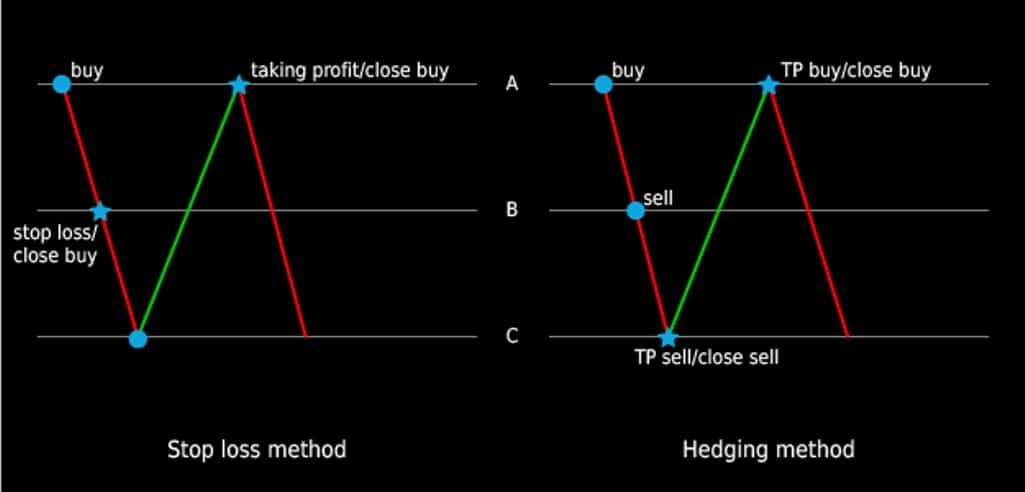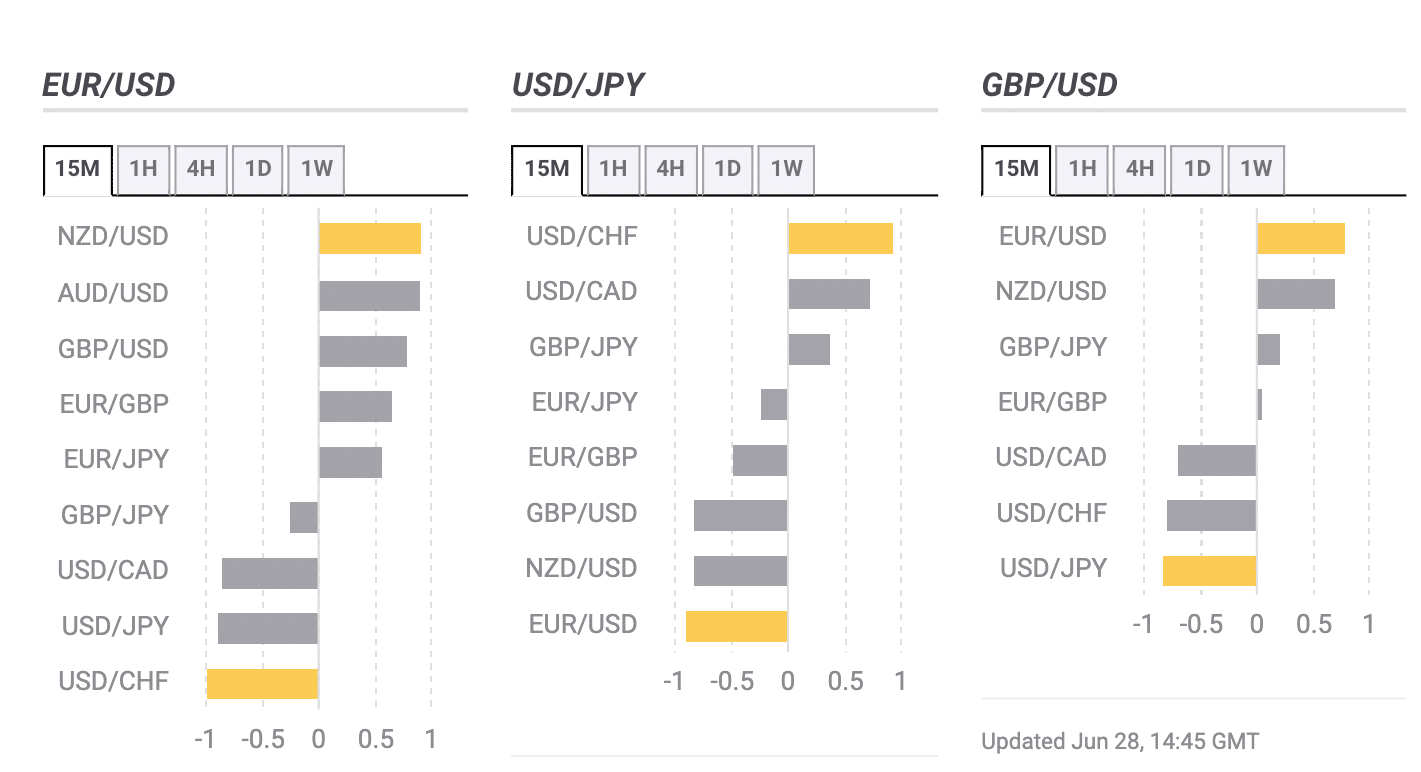So here is the thing, you buy a television, a car, a laptop, or a mobile and get your insurance done. And you do it to protect your expensive product from any accidents. Similarly, you also have your hard-earned money in your forex account. Have you ever thought of protecting it against any unwanted loss or situation?
Many traders assume FX is all about executing trades, losing, and winning. But that’s not it; there is also a concept of hedging that is very powerful and helps you to protect your trading account from any unwanted market movements. The idea of hedging is challenging and needs a lot of knowledge and practice.
Let’s learn all about hedging in FX and how to profit from it.
What is hedging?
It is a simple strategy to follow but a hard one to master. Hedging means you are buying and selling a currency pair or an asset at the same time.
- Let’s assume you are long on GBP/JPY, and you are at a loss.
- In addition, you have news coming up that could affect the GBP/JPY pair price.
- You can choose to take a sort on GBP/JPY. This way, you will be in a hedged position and will not encounter any further losses or profit even if the price moves in any direction.

When you hedge a position, you need to keep in mind to take the same lot size for the second position. Here, you will eliminate the further losses and close any profit doors when you hedge a position.
How to hedge successfully
Protecting your position
Hedging is used chiefly to protect your trades from losses and not to make a profit. Sometimes, you can use it to lock your current profit.
There are typically two ways by which you can use hedging:
- Simple hedging
This FX hedging strategy opens a second opposite trade on the same currency pair with the same lot size.
For example, you did your analysis and concluded that the price of EUR/USD would rise. So you open the extended position with a 0.10 mini lot in EUR/USD pair, but somehow your analysis went wrong, and the price went against you, putting you at a loss. You can choose to close the long position, go short taking 0.10 in EUR/USD, or use the simple hedging strategy by not closing the first 0.10 long trade but instead go short taking 0.10 lot. This new short position will lock your current loss protecting you from further losses.
- Correlation hedging
This forex hedging approach is complex and used by more experienced traders and investors. Hereafter taking your trade and monitoring that it is in loss, you find another pair positively correlated with the first one.
For example, NZD/USD is closely related to its correlation to EUR/USD. According to your analysis, the market will go down, so you went short on EUR/USD but decided to hedge the position and choose to go long on NZD/USD because it is highly correlated. Both directions will move against each other, keeping you out of further losses.

Avoiding hedging
According to many traders and investors, your first move should not hedge your position. There are many debates around this topic that it would be better to close your initial trade in a loss, come out of the market, wait for a better position, and re-enter.
But hedging has been proved a right strategy by many because the current movement in the currency pair could be short-term, and the market can reverse soon after you close your trade. So, being in both the trades will allow making money from the second trade while first losing.
Lifting the hedged position
According to your analysis, once you feel the market can reverse in the direction of your first trade, you can then cut your profit from the second trade and be in the first trade as the market moves in your path, thus making money from both the positions.
Risks involved in hedging
So hedging with FX is illegal in the US. However, forex hedging is legal by several brokers worldwide, including many in the EU, Asia, and Australia. It is risky as sometimes the market can reverse quickly as soon as you take your second trade.
It is also possible that your decision to close your second position because your analysis said the market would reverse can also go wrong. This could lead to market continuation in the opposite direction of your first trade hence blowing your account.
Final thoughts
Institutional and big retail traders mainly use hedging with advanced and in-depth knowledge of the financial market and FX. This does not mean you cannot use these hedging strategies, but you must make your trading plans and backtest the method in the demo before trying and using them.
Hedging can be good and be a wrong decision as sometimes it can take a lot of time for the market to reverse in the direction of your first trade. This wait needs a lot of patience to be in the market. Also, by then, you will have to pay swap and commission charges to the broker. This charge is highly dependent on the type of broker you are using.




